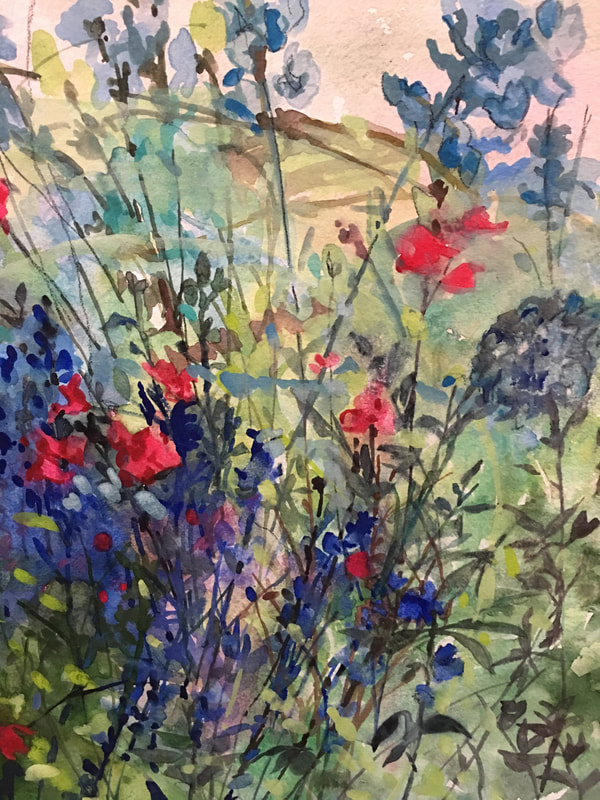Thoughts on Beauty within the Creative Process
|
Yes, I will be thy priest, and build a fane
In some untrodden region of my mind, Where branched thoughts, new grown with pleasant pain, Instead of pines shall murmur in the wind: Far, far around shall those dark-cluster’d trees Fledge the wild-ridged mountains steep by steep; And there by zephyrs, streams, and birds, and bees, The moss-lain Dryads shall be lull’d to sleep; And in the midst of this wide quietness A rosy sanctuary will I dress With the wreath’d trellis of a working brain, With buds, and bells, and stars without a name, With all the gardener Fancy e’er could feign, Who breeding flowers, will never breed the same: And there shall be for thee all soft delight That shadowy thought can win, A bright torch, and a casement ope at night, To let the warm Love in! (Keats, n.d., para. 5) |
In the Phaedrus, Socrates attributes to beauty the power to awaken the soul’s erotic “madness”. Though erotic madness can mean a wide range of psychological, somatic, or spiritual extremes, the byproduct very often is innovation, creativity, and transcendence. Most assuredly, beauty awakens. There are many definitions of beauty that all seem like parts of the proverbial elephant, but Patrick Sherry (2002) maintains that beauty can’t really be pinned down, it’s elusive and mysterious and should remain a mystery.
For me, beauty has always permeated my “becoming” and my learning by heightening my alertness to outer experiences and biases, learning to be open to my inner promptings, and creatively as a component of process. Robert Grudin (1990) writes that beauty “is a force whose existence is inferred from its apparent effects. . .. A kind of spiritual gravity, a natural force of attraction, cohesion.” (p. 57) He then goes on to say that “Beauty and its effects are relevant to innovative vision because they seem to be the inevitable concomitants of any form, process, or idea that is truly seen.” Sherry (2002) discusses this process as an active combining power, a way of bringing the whole soul into activity (p. 110). With any kind of integral system or object, beauty lies within its quintessence by the innerworkings of the parts, the catalysis of process, knowledge, matter, and spirit. It represents a fitness of phenomena, an integrity and necessary dimension of wholeness that as Grudin (1990) maintains, influences “fitness for the greater hierarchies that they inhabit” (p. 59). Essentially, all true education is education in beauty. From this perspective, beauty influences the sustainability, nourishment, and ecological hardiness of all living things. Grudin, R. (1990). The grace of great things: creativity and innovation. New York, NY: Houghton Mifflin Company. Sherry, P. (2002). Spirit and beauty. London, UK: SCM Press. |
